Nikon CoolPix S710 Review
Nikon CoolPix S710
With a 14.5 megapixel sensor, the S710 is one of the most powerful compact cameras you can buy.
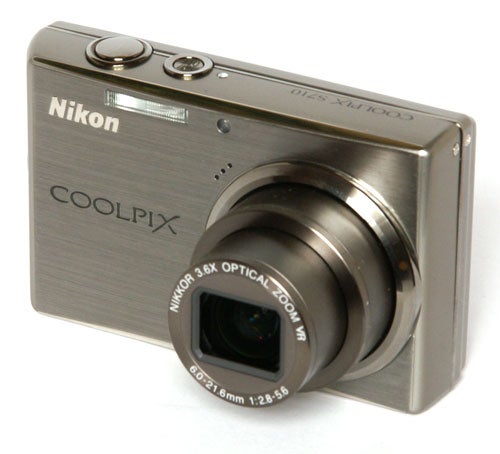
Verdict
Key Specifications
- Review Price: £232.00
Over the past couple of months I’ve reviewed a number of Nikon’s recent compact and ultra-compact cameras, including the superb CoolPix S560, and the good but expensive S610c (although the non-WiFi S610 is about £30 cheaper). Today I’m taking a look at the big brother of these two cameras, the 14.5-megapixel CoolPix S710.
Announced in August this year, the S710 is the flagship model of Nikon’s luxury ultra-compact S-series. It features a 14.5MP 1/1.72-inch CCD sensor, a 3.6x zoom lens with a maximum aperture of f/2.8-5.6 and optical lens-shift image stabilisation, and a 3.0-inch 230k dot wide-view monitor with an anti-glare coating. It competes directly with Canon’s IXUS 980 IS (£238) and Panasonic’s Lumix FX150 (£232), and at £232 it matches them both closely in price. I hope to review both of these cameras very soon.
The S710 is a good looking camera. It has an all-aluminium body, and is available in black, titanium or silver. A burgundy red colour is also shown on Nikon’s website, although that is probably not available in the UK.
The body design is so understated it’s almost plain, in that way that only expensive luxury gadgets can get away with. It is relatively large for an ultra-compact, measuring 92.5 x 57.5 x 24mm, and at approximately 170g fully loaded it is quite heavy too. You could carry it in a shirt pocket, but you’d certainly know it was there.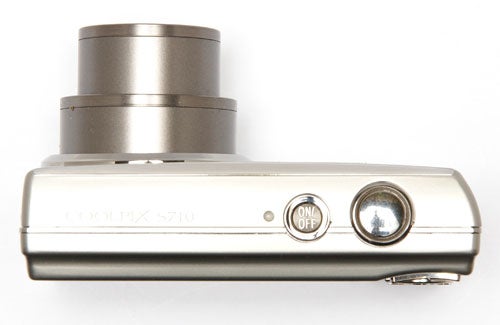
The front panel of the body is slightly bowed, and the smooth brushed finish of my silver review sample proved to be quite hard to grip securely. There is an indented thumb grip area on the back of the camera, but it doesn’t help much. It’s hard to hold the camera one-handed and operate the zoom control at the same time.
As a top-of-the-range model, the S710 has plenty of features. It has full auto, program auto, shutter and aperture priority and full manual exposure, as well as smile shutter, 16 scene mode programs, auto scene selection, sound recording and a video mode. However it does lack some other useful features, such as spot metering, an interval timer or any sort of adjustable colour control. The video mode is limited to 640 x 480 at 30fps, rather than the HD video capability of some of its rivals, and the digital zoom which is all that is available when shooting video is stepped and jerky.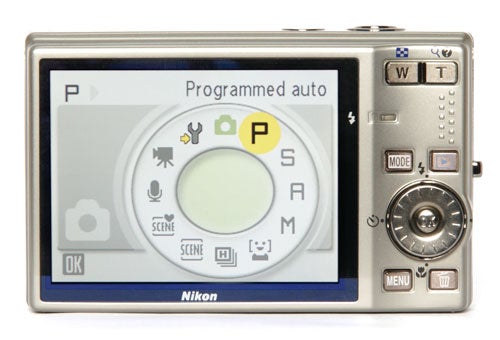
The control layout is pretty straightforward, but the S710 is blessed/cursed with a rotary dial that also doubles as a D-pad. The rotary part of it is used for main mode selection, as well as adjusting exposure values in the manual modes, while it functions as a D-pad for menu navigation with secondary button functions for flash mode, self timer, macro mode and exposure compensation. I found this control to be quick and responsive, but also rather fiddly for my large fingers.
The camera features automatic red-eye correction; however this cannot be turned off. It also features Nikon’s D-Lighting function, which brightens shadows in high-contrast shots, but this can only be applied in playback mode after the picture has been taken, and does introduce a lot of image noise into the darker areas of treated pictures. The other playback mode options are much more limited than some other recent compacts, offering only a basic slideshow function, print tagging, rotation, copying or resizing to very low resolutions.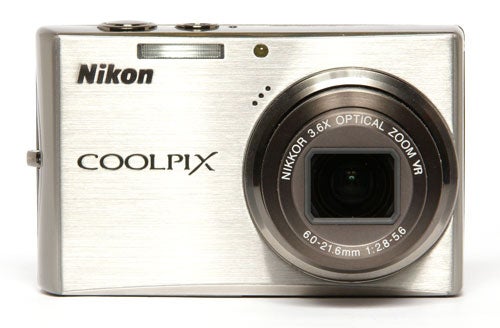
One unusual feature is the S710’s maximum sensitivity of 12,800 ISO. This is one of the highest ISO settings on any digital camera, and certainly unexpected on a 14.5MP camera, however it is limited to 3.0MP resolution. It could be useful when shooting in very low light with no flash, but the image quality at this setting is pretty terrible. I’ll come back to this later.
The S710 also features Nikon’s VR optical image stabilisation, and this does work very well. I was able to take shake-free shots at wide-angle at 1/10th of a second, and at full zoom at 1/25th of a second, which is very good.
The S710’s overall performance is actually pretty slow. It takes nearly four seconds to start up to the point where it’s ready to take a picture, although it only takes around two and half seconds to shut down again. In single shot mode at maximum image quality the shot-to-shot time is also very slow at around four seconds. The continuous shooting mode is also quite disappointing. Shooting at full resolution it is limited to a burst of only seven shots, which it takes in about five seconds, but it doesn’t focus between shots, and worse there is no audio cue to let you know it’s taking pictures. The camera does have a special high-speed continuous mode, but this is limited to 3MP. It also features the BSS (Best Shot Selector) mode, which takes a burst of pictures and then saves the sharpest one. This is hardly new though; it’s been a standard Nikon feature for ages.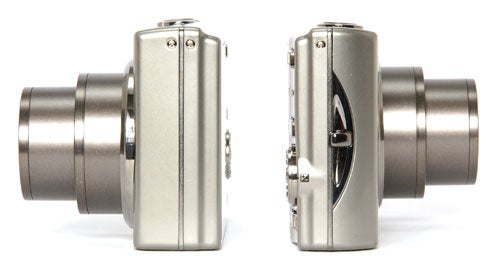
The S710 does have Nikon’s much improved compact camera autofocus system, the same as the S560 and S610. It focuses quickly and accurately in almost all lighting conditions, and is particularly good in low light situations, making it a good choice for social photography in pubs and clubs. It has a very bright AF lamp, but it focuses so quickly that it’s not lit long enough to dazzle anyone. Despite its small size the flash is also very good, easily filling a large room to a range of nearly five metres, but it is accurately metered and attenuates well for close range subjects.
Image quality is generally good, but it does have its limits. The overall level of detail is very good of course, although comparing it directly with the sample shots from the 10MP S560 or S610c I really can’t say that there’s any significant advantage in image quality gained from the extra few megapixels.
Colour reproduction is accurate, but colours do look a bit muted and seem to lack depth. This may well be due to the S710’s one major weakness; its extremely limited dynamic range. On my high-contrast test shot of an underground car park staircase, the S710 loses detail in both the highlights and the shadows. Addling D-Lighting in playback mode brings up some very noisy shadow detail, but does nothing for the highlights. There is also a lot of blue fringing around the burned out white areas, which is usually a sign of charge leakage from overloaded sensor cells.
Image noise isn’t as much of a problem as I was expecting, but compared to the excellent results of the S560 it is rather disappointing. Noise is visible even at the lowest ISO setting, and is quite obvious by 400 ISO, although to be fair the camera does still record a lot of fine detail even at 800 ISO. Beyond that though and the noise and overall lack of shadow detail really damages the image quality. The two highest settings, 6400 and 12,800, are only available at 3.0MP, and produce exceptionally poor image quality that lacks colour definition and detail, with major noise problems reducing the image to the appearance of a badly coloured pointillist painting.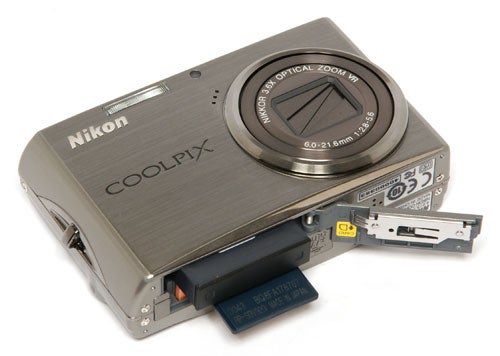
To be honest I think that maximum ISO setting, like the 14.5MP resolution, is only there so that Nikon can print another big number on the box to sell an expensive camera to those who are easily impressed by such things. You can get the same style and build quality in a smaller, faster package with much better picture quality for two-thirds of the price, by buying the S560 instead.
”’Verdict”’
While the S710 is an impressive-looking camera with excellent build quality and lots of big numbers on the box, not least the price tag, the slippery handling, fiddly control dial and slow performance limit its appeal compared to some very strong rivals, and its indifferent image quality, with very limited dynamic range, poor colour depth and noise problems, mean that it is outclassed by its own cheaper stablemates. 14.5 megapixels and 12,800 ISO might sound impressive, but what’s the point if the picture quality suffers?
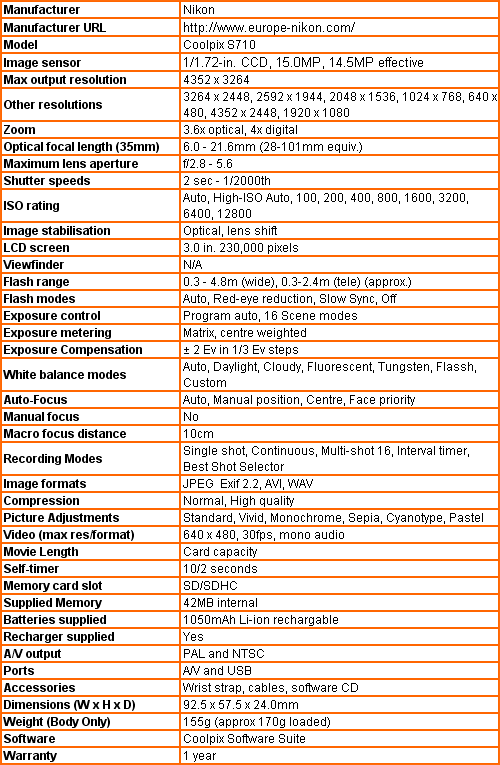
”Over the next few pages we show a range of test shots. On this page the full size image at the minimum and maximum ISO settings have been reduced to let you see the full image, and a series of full resolution crops have taken from original images at a range of ISO settings to show the overall image quality. These ISO test images are shot indoors using reflected natural light for maximum consistency. ”
—-
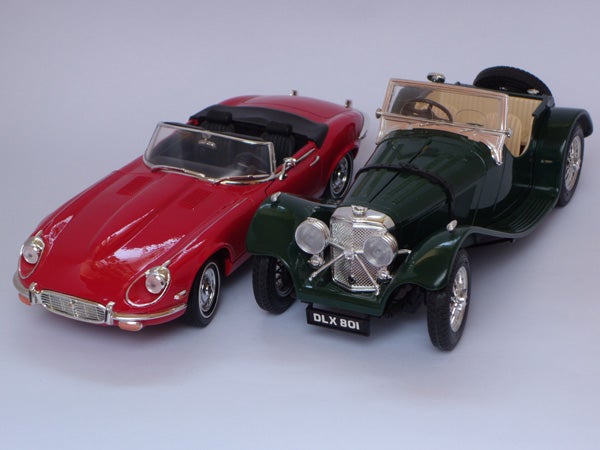
This is the full frame at 100 ISO, the minimum setting.
—-
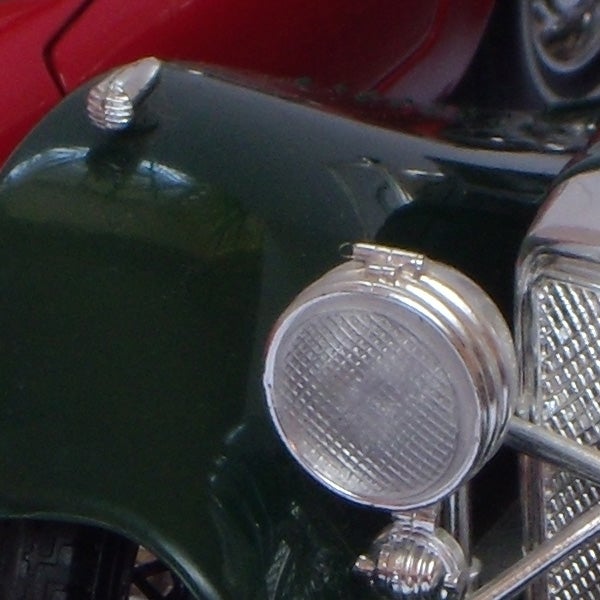
At 100 ISO the image quality is pretty good, with lots of fine detail, but there is some noise visible.
—-
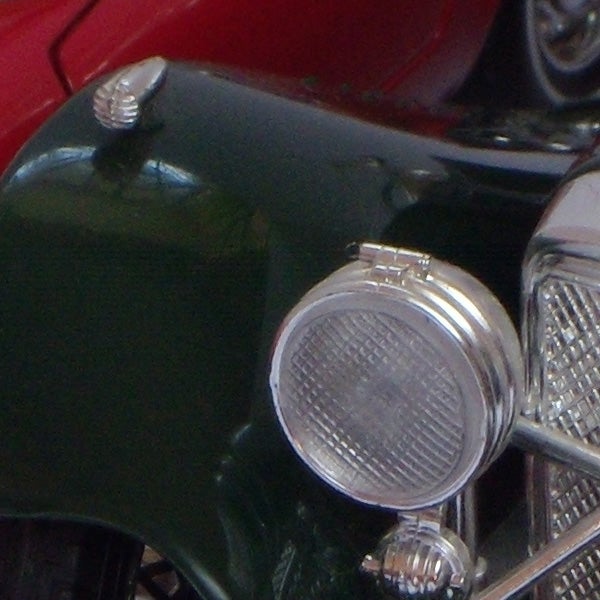
That strange patch of horizontal lines is there in the uncropped shot, and goes right across the frame. I have no idea what caused it, but it doesn’t appear on any other shots. There is also more noise visible at 200 ISO.
—-
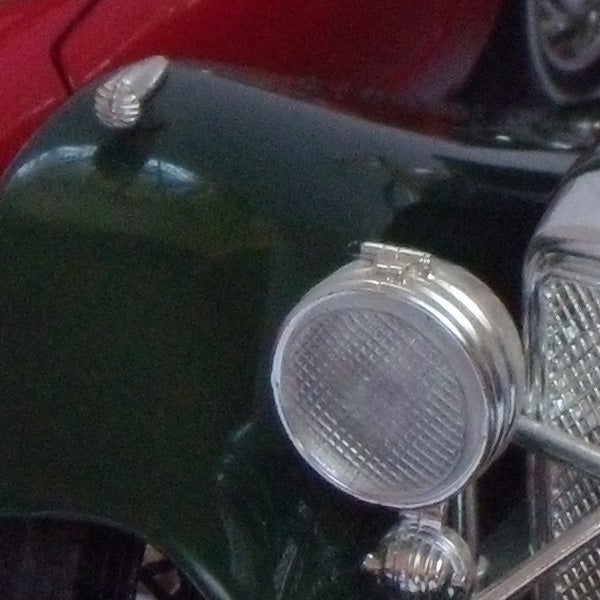
Noise is becoming a problem at 400 ISO, with detail lost in darker areas. Compare the tyre tread in the bottom corner of the image with the 100 ISO shot.
—-
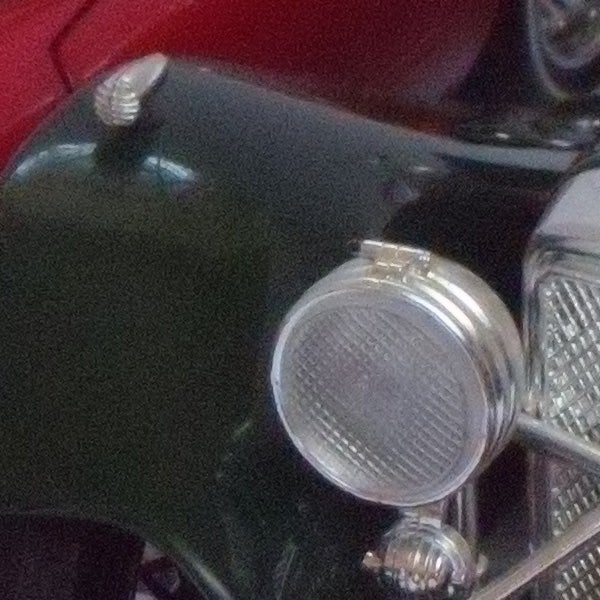
At 800 ISO the noise reduction has blurred out most of the fine detail.
—-
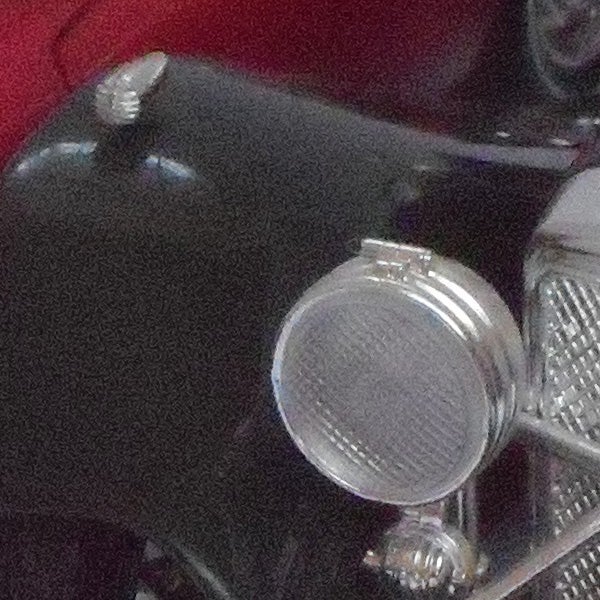
At 1600 ISO colour saturation is greatly reduced and noise is everywhere.
—-
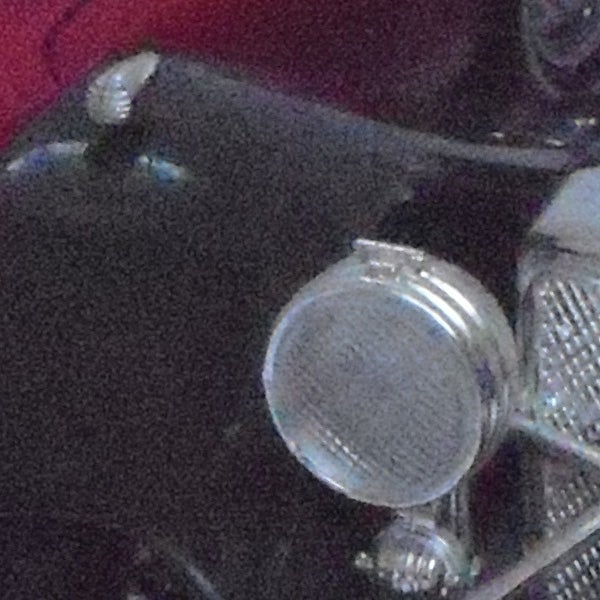
Terrible picture quality at 3200 ISO.
—-
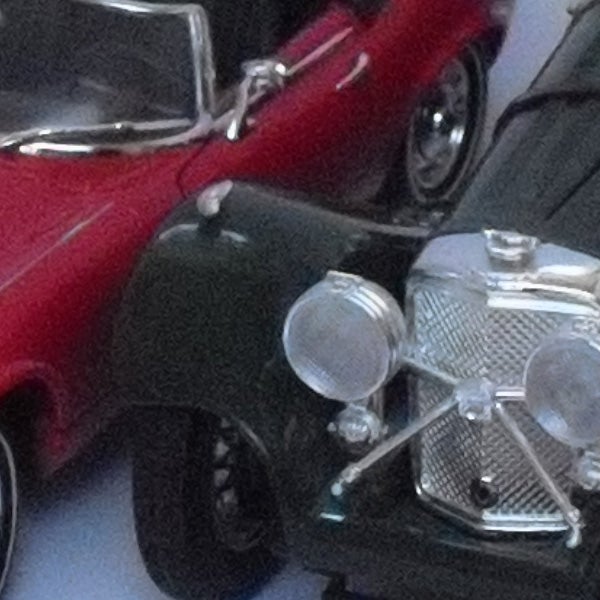
6400 ISO is available at 3MP, but the picture quality is very poor.
—-
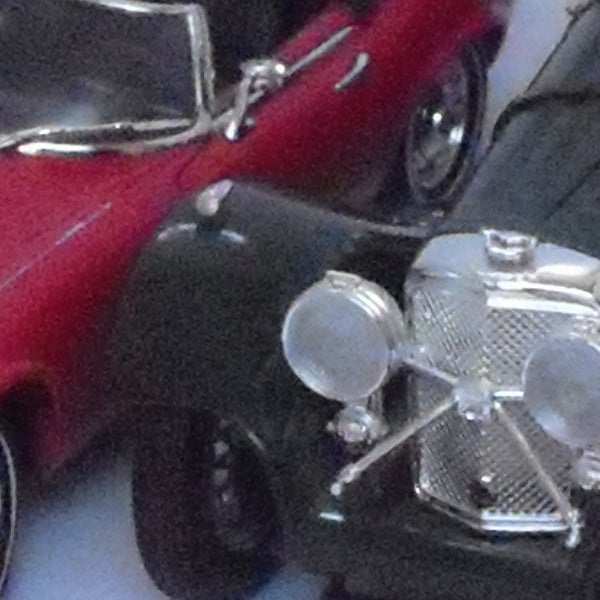
The S710 can shoot at 12800 ISO, but when the picture quality is this bad what’s the point?
—-
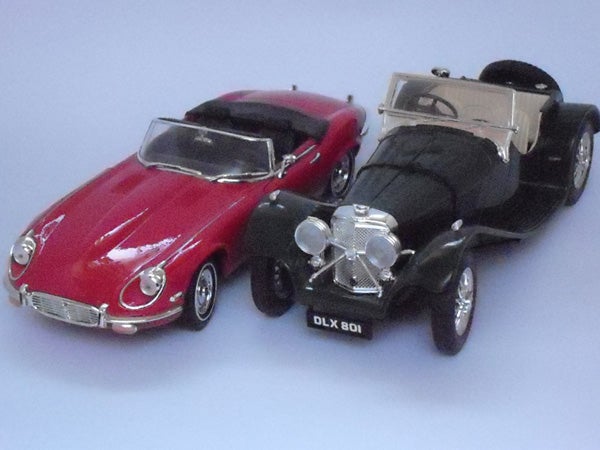
This is the full frame at 12800 ISO.
—-
”A range of general test shots are shown over the next two pages. In some cases, the full size image has been reduced for bandwidth purposes, and a crop taken from the original full resolution image has been placed below it to show the overall image quality. Some other pictures may be clicked to view the original full-size image. ”
—-
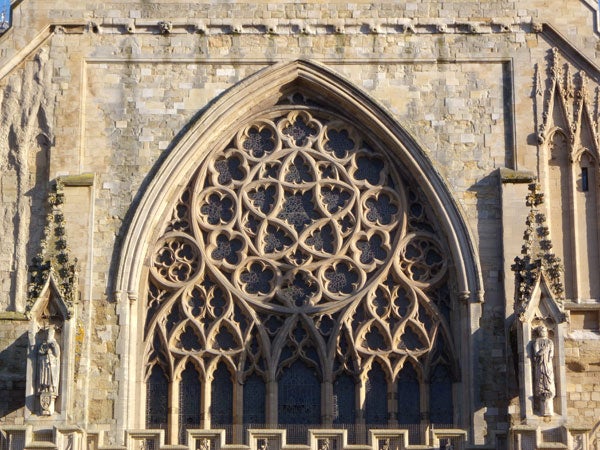
Here’s the usual test shot of the west window of Exeter cathedral to compare detail and sharpness with other cameras. See below for a full-res crop or click to download the full-sized version.
—-
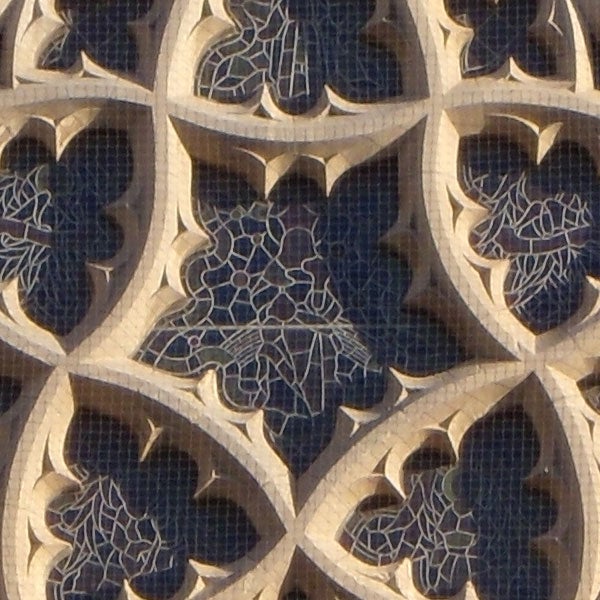
The level of detail is very high, but it’s not that much better than a good 10 or 12 megapixel camera.
—-
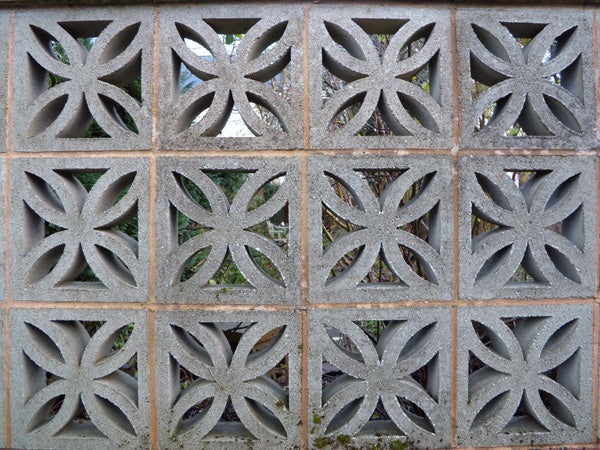
The lens is very good, producing very little distortion at wide angle.
—-
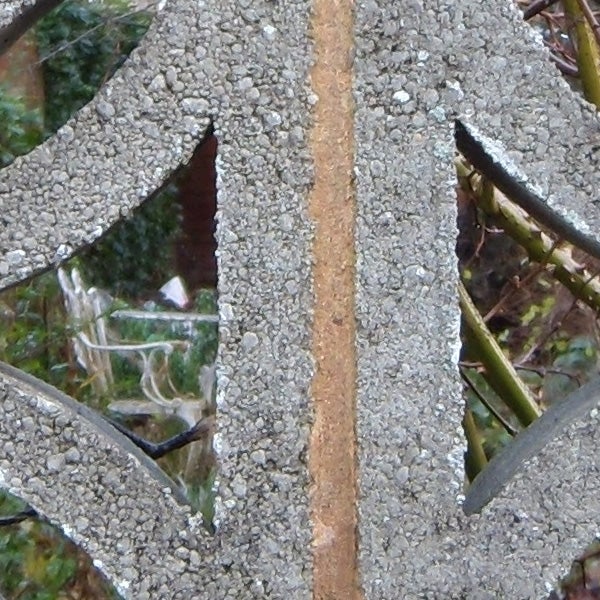
Centre sharpness is excellent.
—-
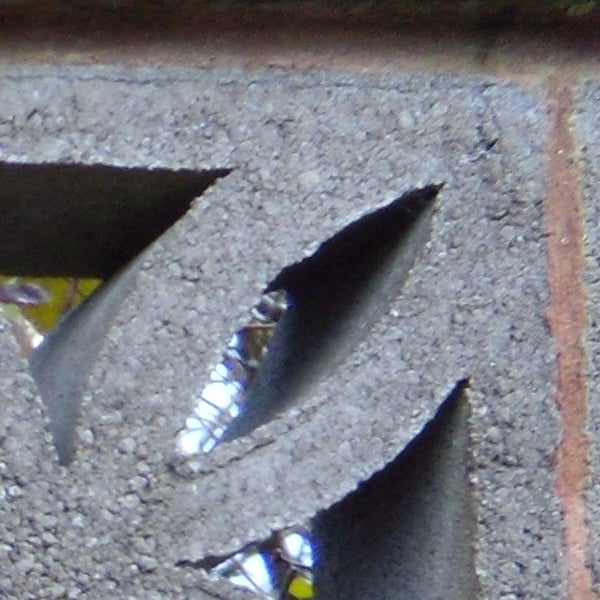
There is a bit of blurring at the far corners of the frame, but no noticeable chromatic abberation.
—-
”Here are some general test shots to help evaluate the camera’s overall image quality, including the zoom range of the lens. Some pictures may be clicked to download the full size original image ”
—-
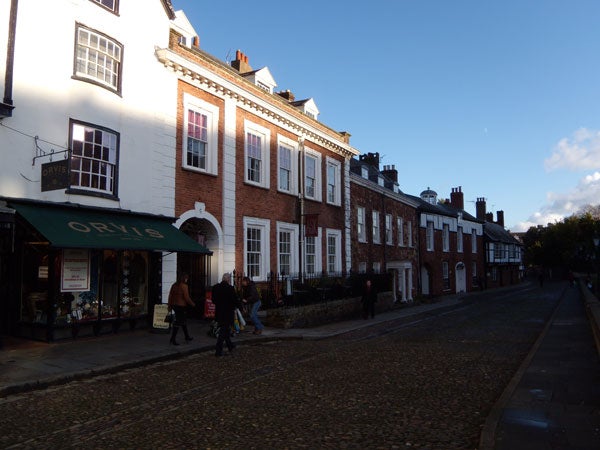
The wide angle end of the zoom range is equivalent to 28mm, good for general snapshots.
—-
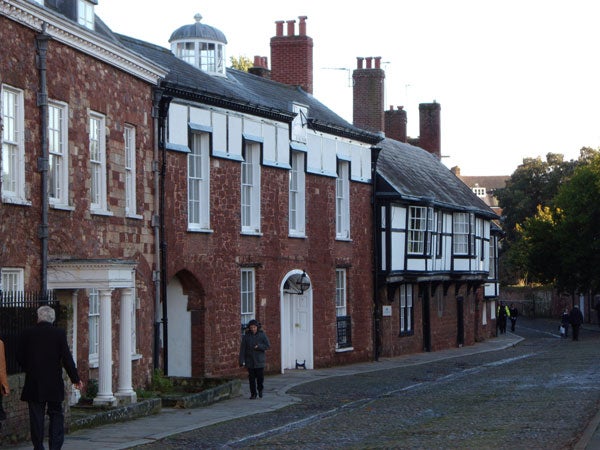
The telephoto end is equivalent to 101mm, which is actually shorter than most 3x zoom compacts.
—-
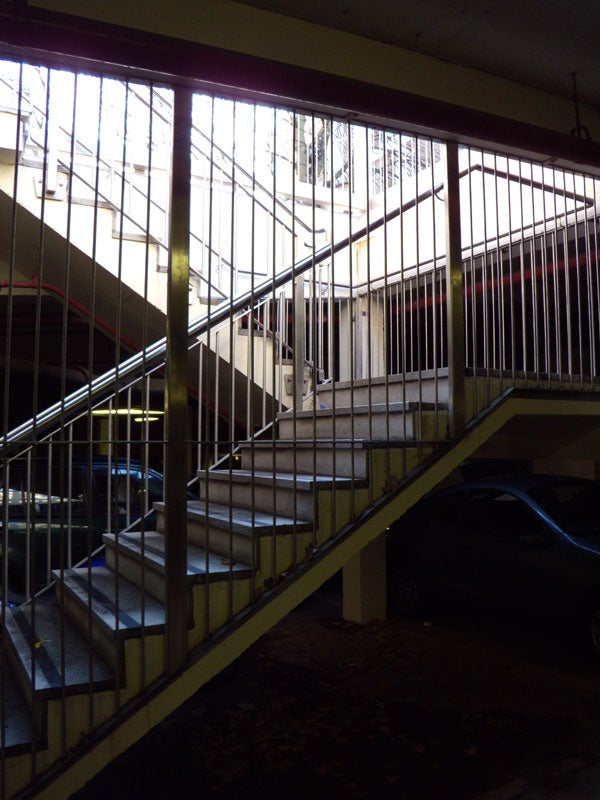
The dynamic range is very limited, with both highlights and shadow areas lacking detail in this high-contrast shot.
—-
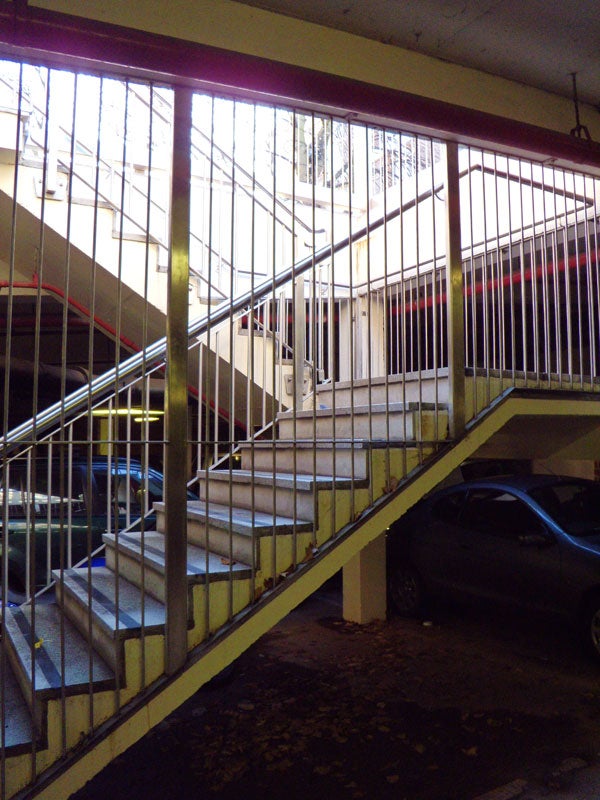
Applying the D-Lighting option to the above image in playback mode recovers some shadow detail, but also adds a lot of noise. It does nothing for the burned-out highlights.
—-
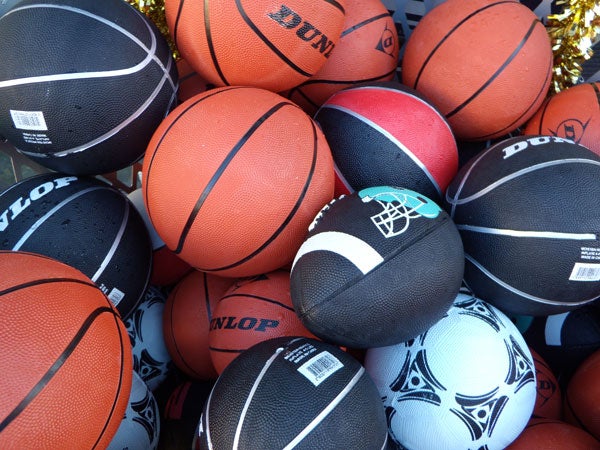
Colours are a bit muted, but to be fair it was a cloudy day.
—-
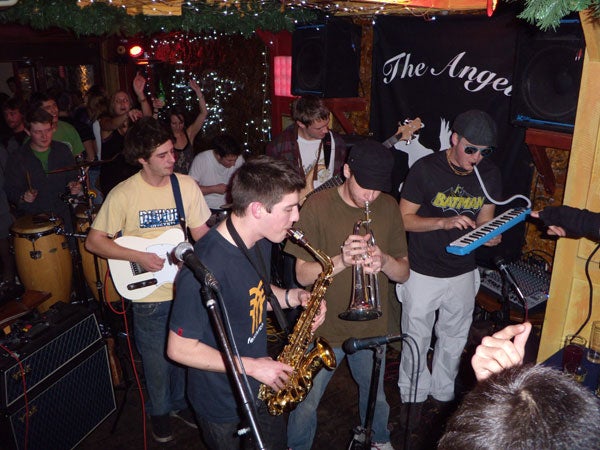
Low light focusing is fast and accurate, and the powerful flash fills a large room easily. The band is called Barbossa, and they’re fantastic. Check them out if you get the chance.
—-
Trusted Score
Score in detail
-
Value 5
-
Image Quality 7
-
Build Quality 9
Features
| Camera type | Ultra Compact |
| Megapixels (Megapixel) | 14.5 Megapixel |
| Optical Zoom (Times) | 3.6x |

